Advancements in Membrane Technology
Technological innovations in membrane materials and designs are significantly influencing the Membrane Contactor Market. Recent developments have led to the creation of membranes with enhanced permeability and selectivity, which improve the efficiency of gas and liquid separation processes. For instance, the introduction of polymeric and ceramic membranes has expanded the application range of membrane contactors in sectors such as food processing and pharmaceuticals. Market analysts suggest that the membrane technology segment is expected to witness a growth rate of around 7% annually, driven by these advancements. As industries increasingly adopt these cutting-edge technologies, the Membrane Contactor Market is likely to experience substantial growth, reflecting the ongoing evolution in separation technologies.
Increased Focus on Energy Efficiency
The growing emphasis on energy efficiency across various industries is a key driver for the Membrane Contactor Market. As energy costs rise and environmental concerns mount, companies are seeking technologies that reduce energy consumption while maintaining operational efficiency. Membrane contactors are recognized for their low energy requirements compared to traditional separation methods, making them an attractive option for industries aiming to optimize their processes. The energy efficiency market is anticipated to grow at a compound annual growth rate of around 5% in the coming years. This trend suggests that the Membrane Contactor Market will likely benefit from the increasing adoption of energy-efficient technologies, as businesses strive to enhance their sustainability profiles.
Growth in Biopharmaceutical Applications
The biopharmaceutical sector is experiencing rapid growth, which is positively impacting the Membrane Contactor Market. As the demand for biologics and biosimilars increases, the need for efficient separation and purification processes becomes critical. Membrane contactors are increasingly utilized in bioprocessing for tasks such as gas exchange and solvent recovery. The biopharmaceutical market is projected to grow at a rate of approximately 8% annually, driven by advancements in drug development and production technologies. This growth presents a significant opportunity for the Membrane Contactor Market, as manufacturers seek reliable and efficient solutions to meet the rising demand for high-quality biopharmaceutical products.
Rising Demand for Water Treatment Solutions
The increasing need for effective water treatment solutions is a primary driver for the Membrane Contactor Market. As populations grow and industrial activities expand, the demand for clean water escalates. Membrane contactors offer efficient separation processes, making them suitable for various applications, including wastewater treatment and desalination. According to recent estimates, the water treatment sector is projected to grow at a compound annual growth rate of approximately 6% over the next few years. This growth is likely to propel the adoption of membrane contactors, as they provide a sustainable and cost-effective method for water purification. The Membrane Contactor Market is thus positioned to benefit from this trend, as industries seek innovative solutions to meet regulatory standards and consumer expectations.
Regulatory Pressures for Environmental Compliance
Stringent environmental regulations are compelling industries to adopt cleaner technologies, thereby driving the Membrane Contactor Market. Governments worldwide are implementing policies aimed at reducing pollution and promoting sustainable practices. Membrane contactors, known for their low energy consumption and minimal chemical usage, align well with these regulatory frameworks. Industries such as oil and gas, chemicals, and food processing are under pressure to comply with these regulations, which often necessitate the use of advanced separation technologies. The market for membrane contactors is expected to expand as companies seek to enhance their environmental performance and meet compliance standards. This trend indicates a robust future for the Membrane Contactor Market as it aligns with global sustainability goals.


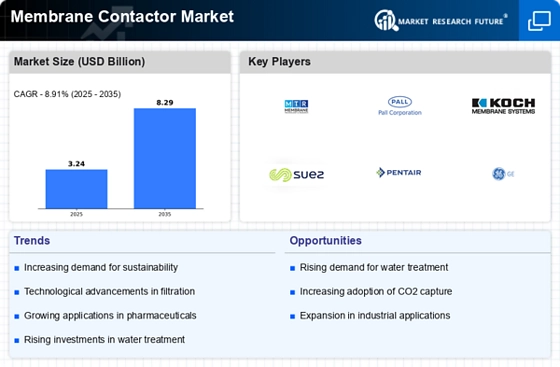
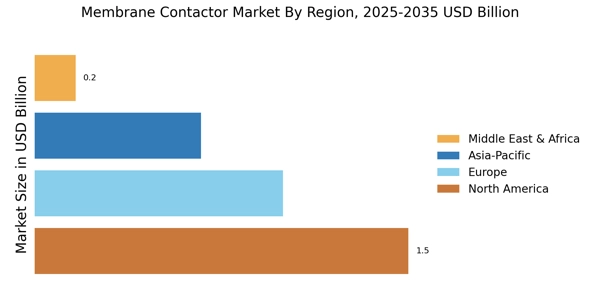
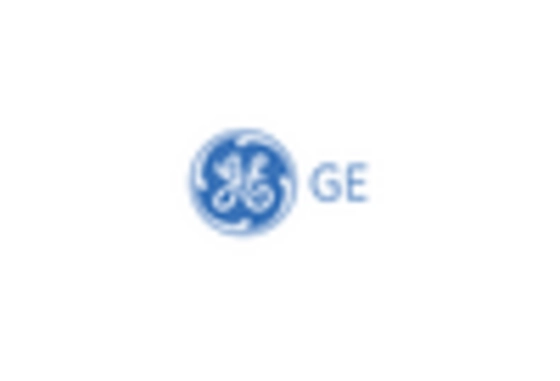
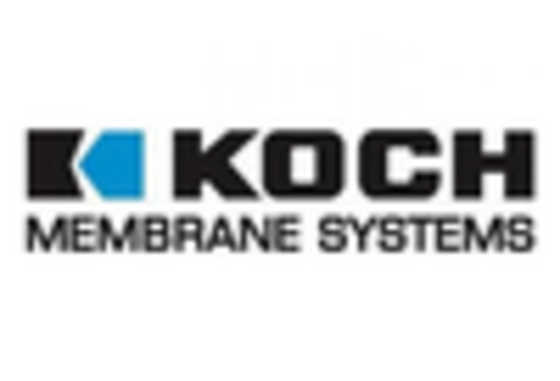
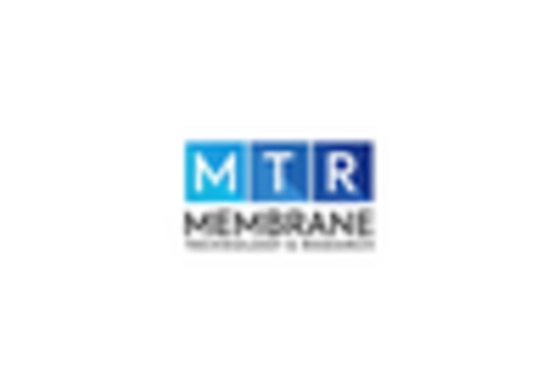
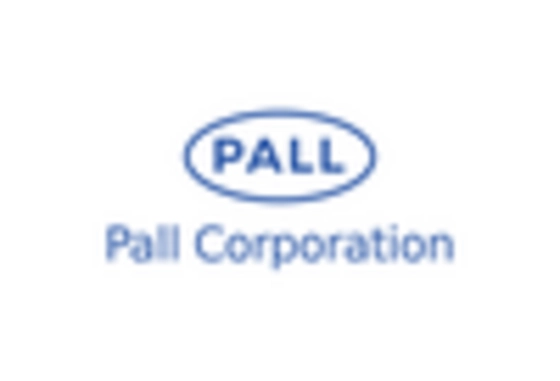
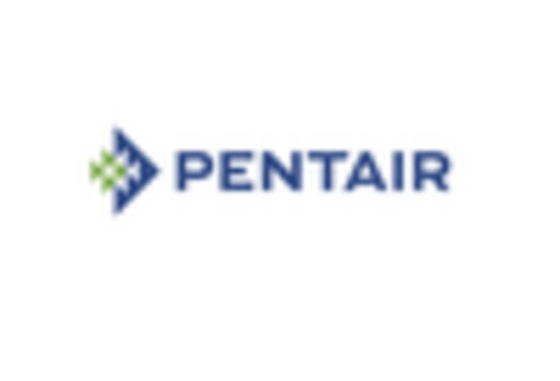
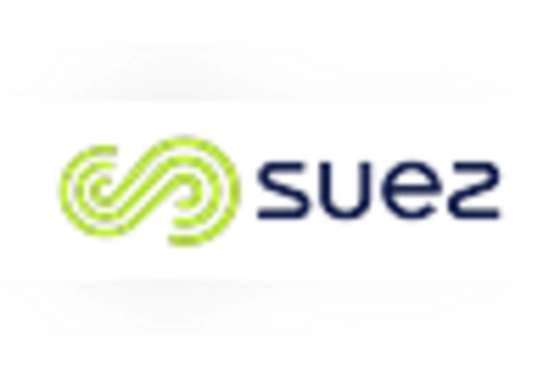








Leave a Comment